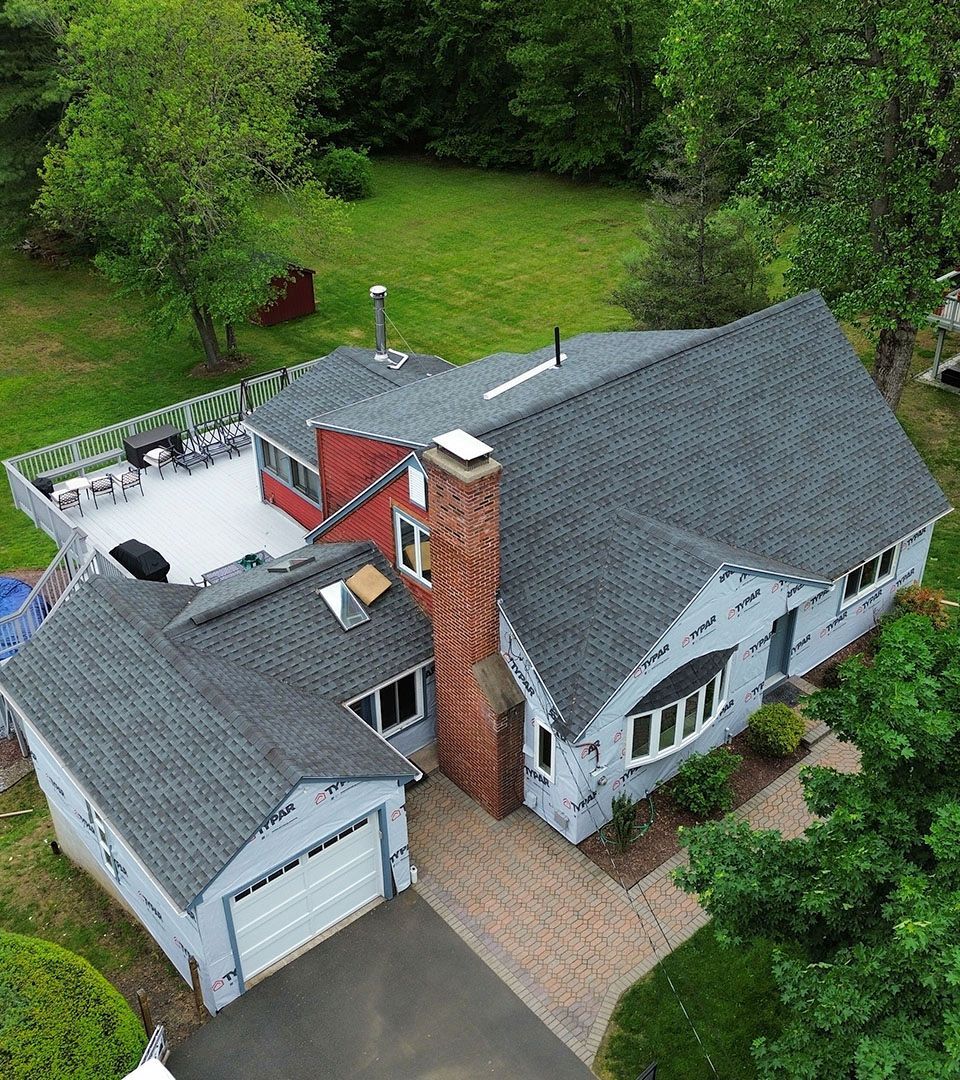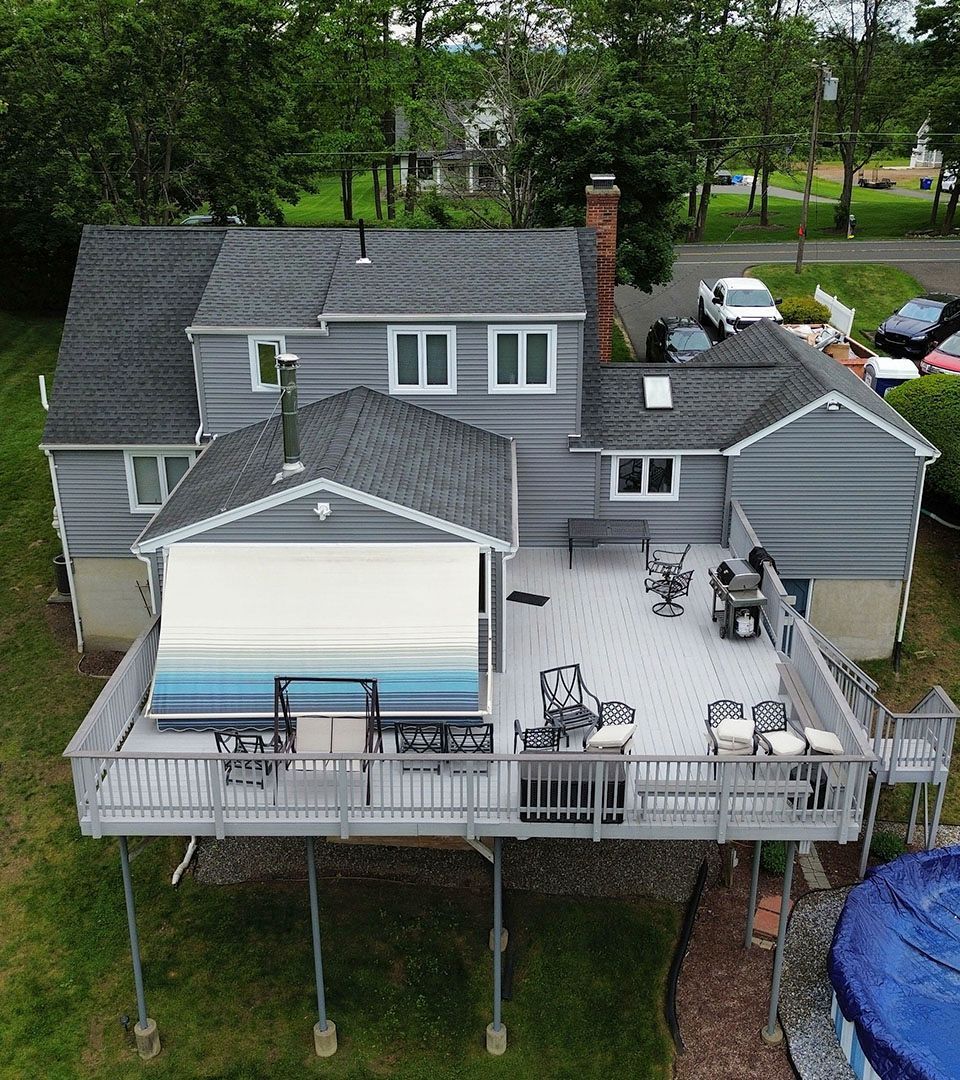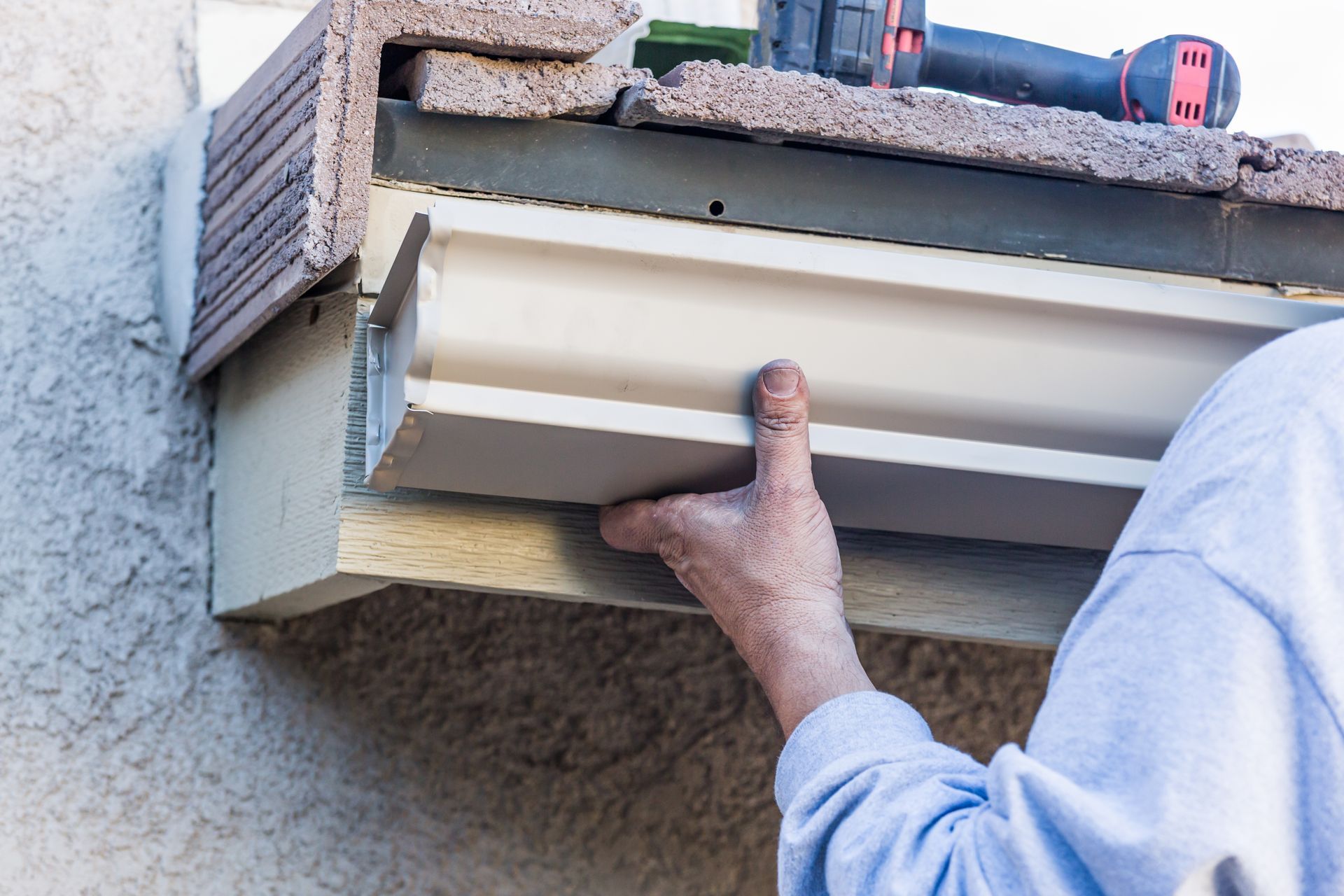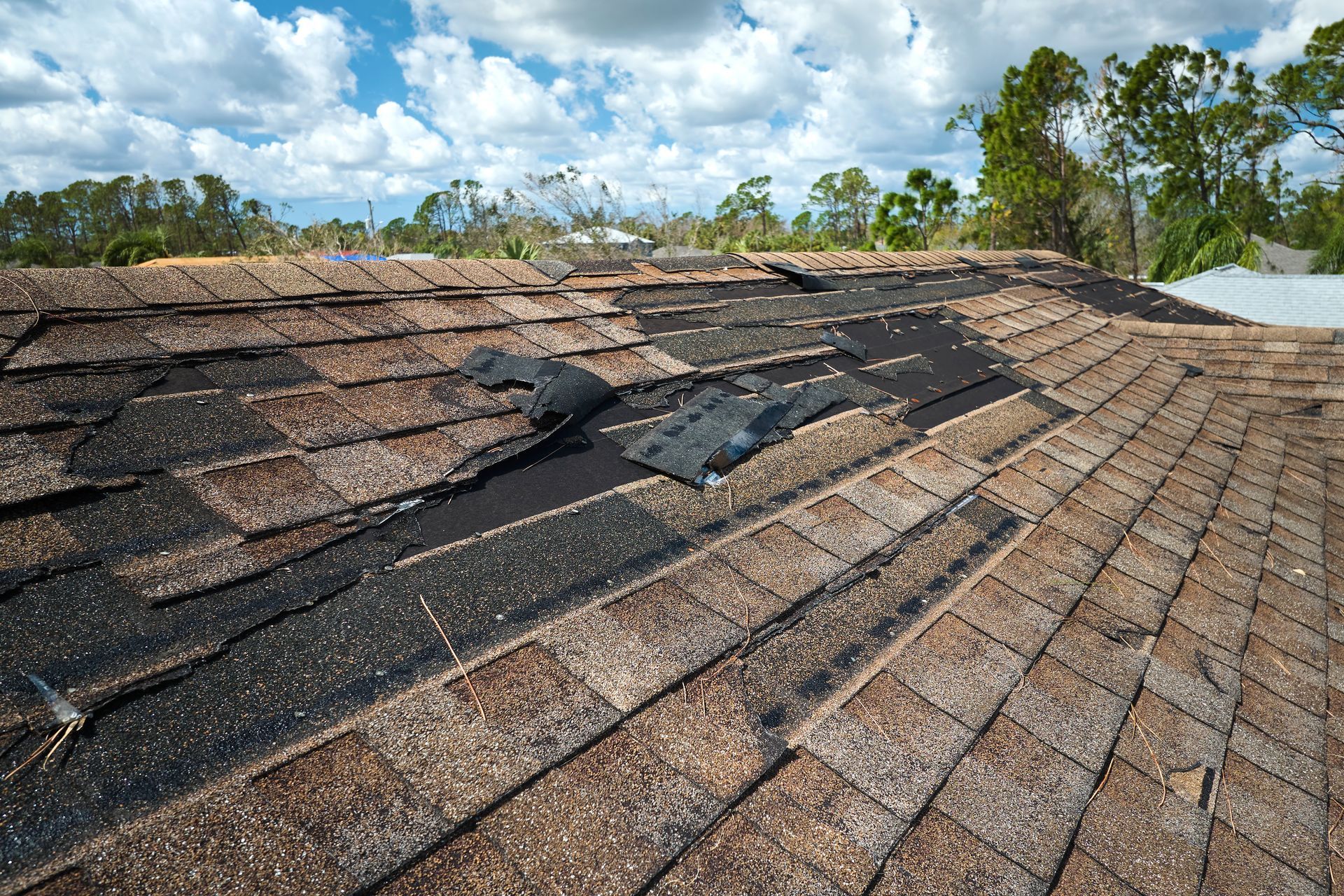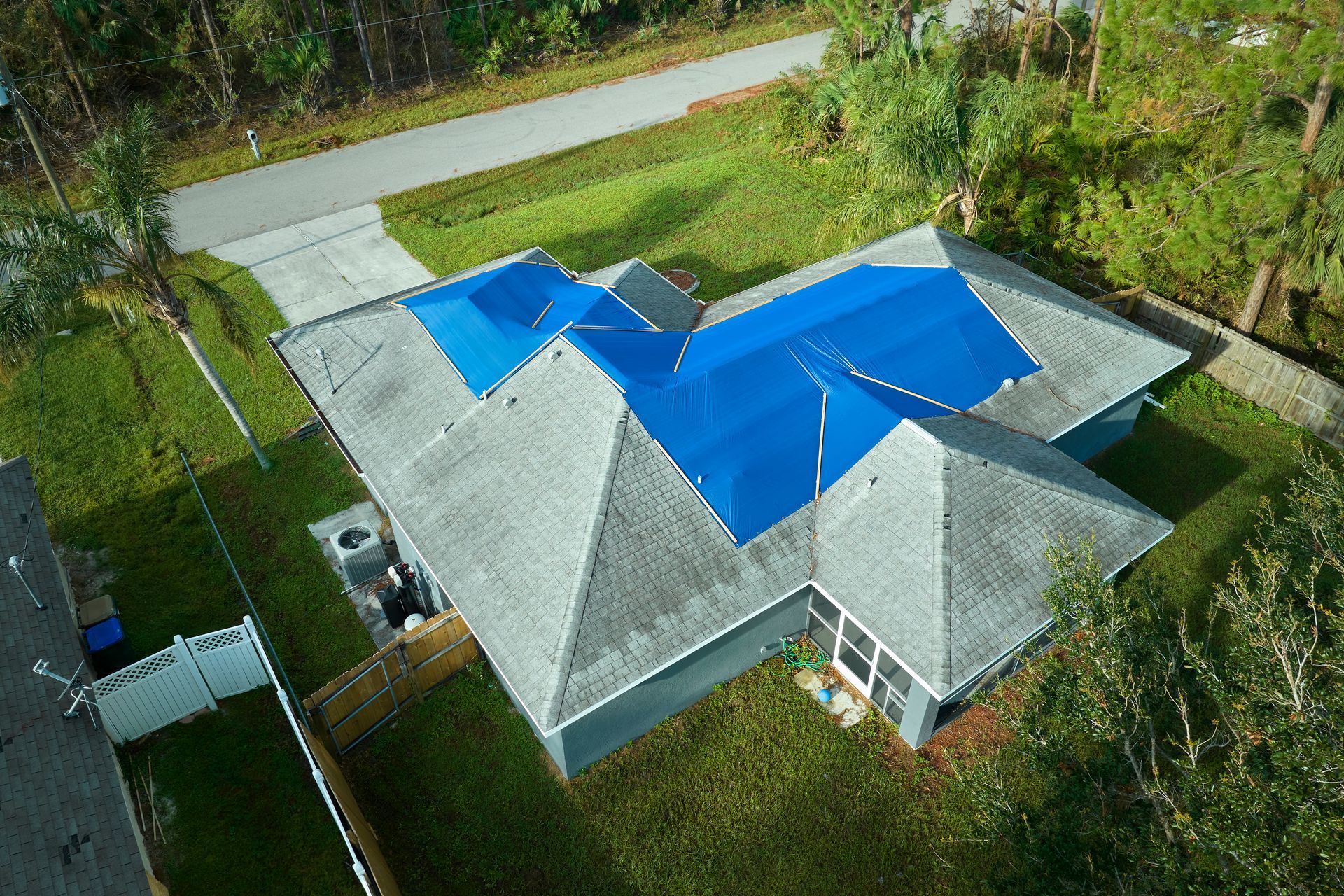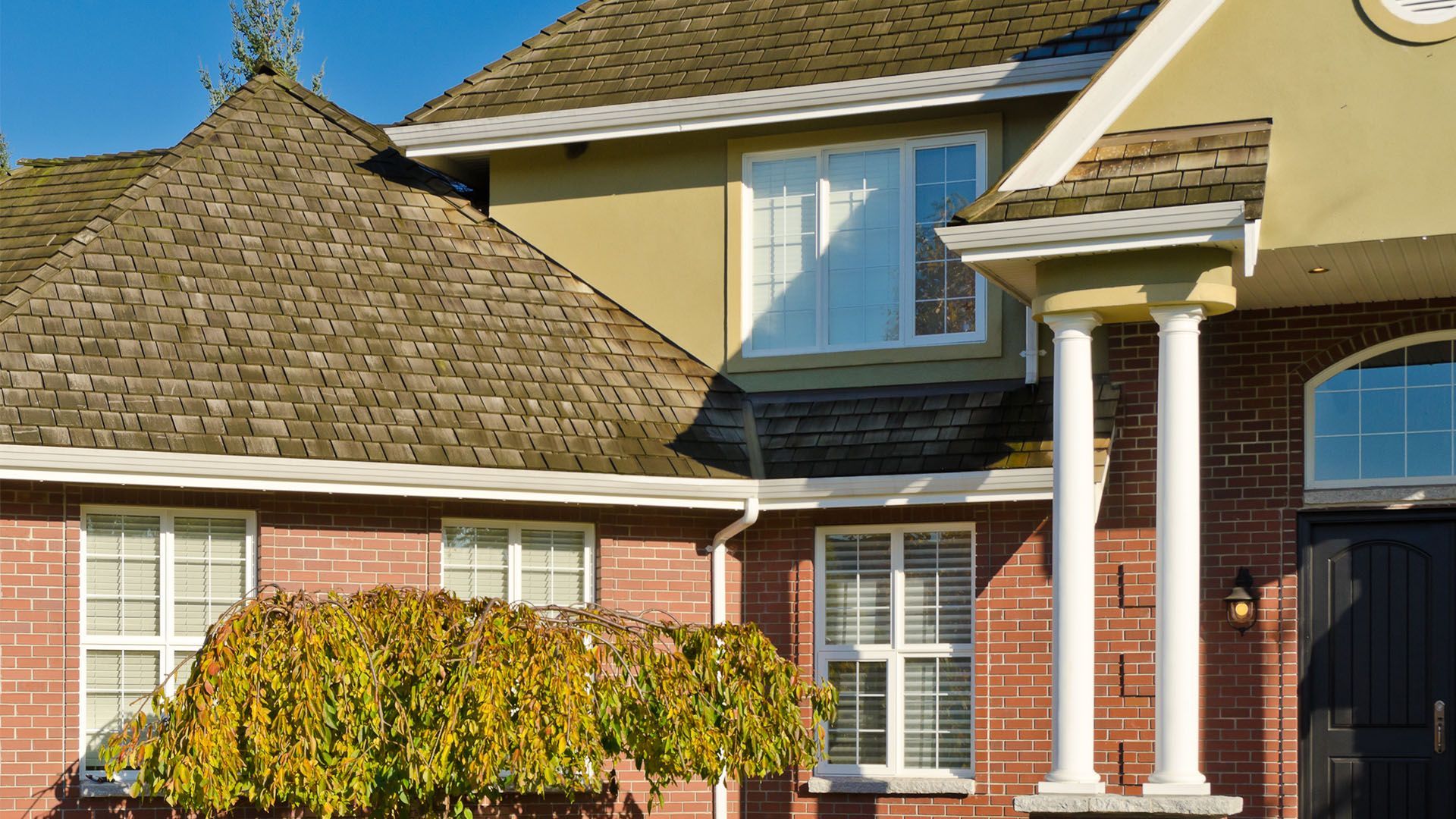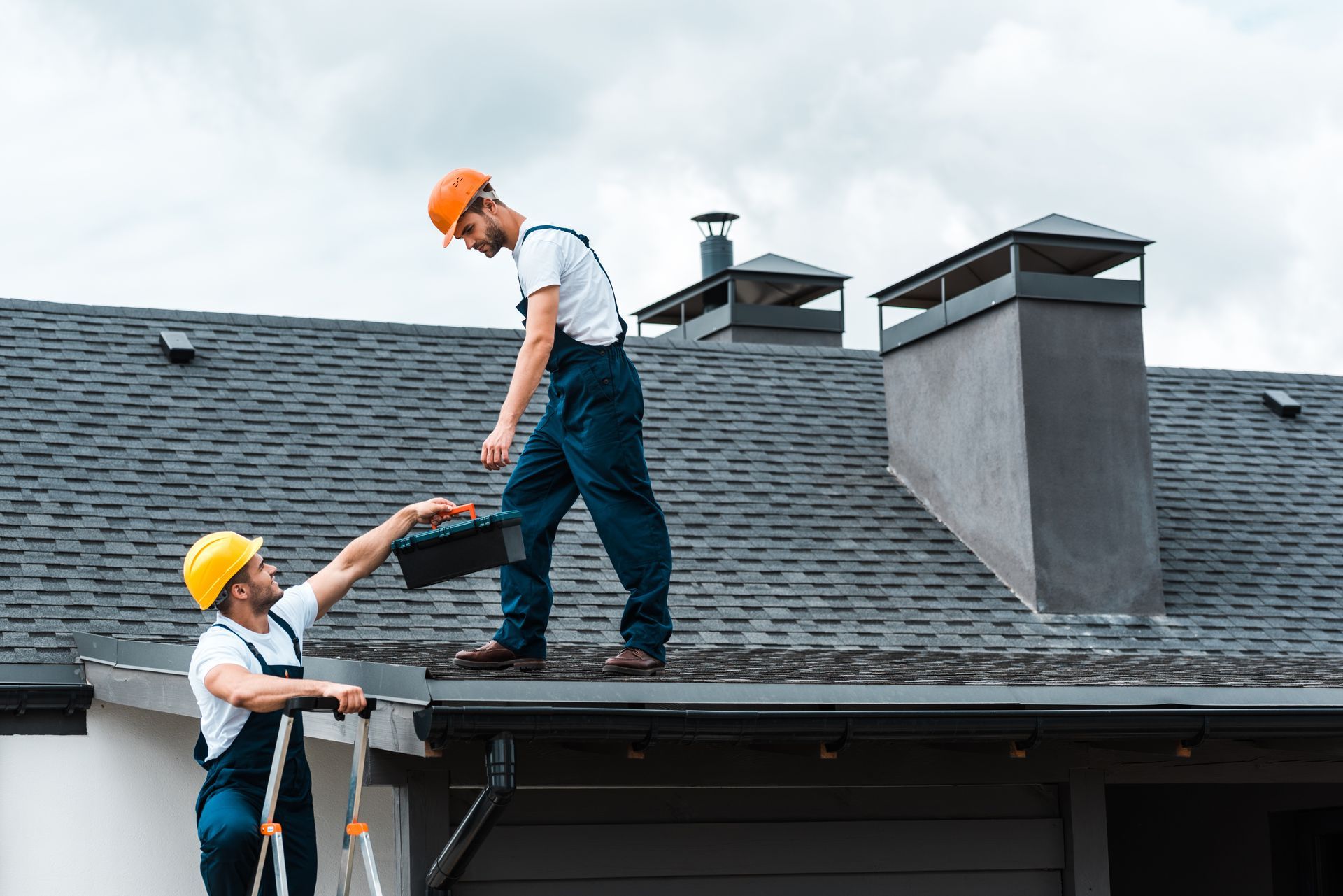7 Signs It’s Time to Replace Your Vinyl Siding in Connecticut

Vinyl siding plays a crucial role in both the protection and appearance of your home. It helps insulate your house, protects it from weather damage, and adds curb appeal. But like all exterior materials, vinyl siding doesn't last forever.
If you're wondering how to know when it’s time to replace vinyl siding, this blog will guide you through the most common warning signs—and why addressing them early matters.
Visible Damage to the Siding
One of the clearest signs that your siding needs replacing is visible damage. If you're seeing cracks, holes, or broken sections, that’s your home telling you something’s wrong. These problems can result from storms, flying debris, or just general aging.
Not only is this damage unattractive—it opens the door for moisture, pests, and structural damage.
Warping, Bubbling, or Buckling
Siding should lie flat against your home. If you notice bubbling, warping, or buckling, it often means there’s trapped moisture underneath or the material is expanding due to age and exposure. These issues compromise your siding’s ability to insulate and protect.
Warped panels may also be a sign of poor ventilation or inadequate installation—both of which can lead to costly home repairs down the line.
Fading and Discoloration
Vinyl siding is known for retaining color, but over time, even the best materials fade. If your siding looks washed out, it may be past its prime. Fading typically signals the end of the siding’s effective lifespan.
Besides the aesthetic impact, faded siding may also lose its UV resistance and start breaking down—reducing your home’s energy efficiency and increasing maintenance needs.
Rising Energy Bills
Have your heating or cooling bills been creeping up? Damaged or aging siding might be contributing. As insulation deteriorates, your home becomes less energy-efficient, forcing your HVAC system to work harder.
Modern siding products offer better thermal resistance and sealing, so upgrading can help you save money year-round.
Frequent Maintenance or Repairs
If you’re constantly repainting, resealing, or making small repairs, it's a red flag. Vinyl siding is designed to be low maintenance. When you're spending more time or money on upkeep, it may be more cost-effective to replace the entire system.
This is especially true if maintenance doesn't restore the siding’s original look or performance.
Mold, Mildew, or Water Stains
Visible mold or mildew on siding—especially near the seams—could indicate trapped moisture. Water stains and green or black growth usually mean water is seeping behind the panels.
Left unchecked, this can lead to wood rot and foundation damage. A full siding replacement may be the best way to restore your home’s barrier and prevent further deterioration.
Loose or Missing Panels
Wind damage, old age, or poor installation can cause vinyl panels to come loose or fall off completely. Even if only a few panels are affected, it puts your entire home at risk of moisture damage.
It’s best to replace the siding before gaps lead to bigger, more expensive problems like structural wood rot or pest infestations.
Siding Has Reached Its Expected Lifespan
Vinyl siding generally lasts between 20 to 40 years, depending on climate, maintenance, and material quality. If your siding is nearing that age range, proactive replacement is often a smart investment—even if no major issues are visible yet.
By replacing aging siding before it fails, you can avoid costly emergency repairs and boost your home’s value and energy efficiency.
Conclusion
Vinyl siding is a critical component of your home’s protection and aesthetic. Knowing when to replace it can save you money, prevent deeper damage, and enhance curb appeal.
If you're seeing signs like warping, fading, rising utility bills, or increased maintenance needs, don’t wait—your siding may already be past its prime.
Carden Home Improvement offers free inspections and siding replacement services across Connecticut.
Contact us today to schedule your free estimate and keep your home looking and performing its best.
Frequently Asked Questions
How do I know if my vinyl siding needs replacing?
Look for signs like warping, cracks, fading, loose panels, or rising energy bills. Mold, mildew, or frequent repairs are also red flags. If your siding is over 20 years old and showing these symptoms, it's likely time to replace it.
How often should you replace vinyl siding on your house?
Vinyl siding typically lasts 20 to 40 years, depending on climate, maintenance, and material quality. You should consider replacement if it's nearing the end of its lifespan or showing signs of wear and damage.
Is replacing vinyl siding worth it?
Yes! New siding improves curb appeal, energy efficiency, and protects against moisture damage. It’s one of the top ROI home improvement projects and can significantly boost your home’s resale value.
How much does it cost to replace vinyl siding on a 2000 sq ft house?
On average, replacing vinyl siding on a 2,000 sq ft home can cost between $8,000 and $16,000, depending on material, labor, insulation upgrades, and local rates. Carden Home Improvement offers free estimates to provide accurate pricing.
Does insurance cover siding?
Homeowners insurance may cover siding replacement if the damage is caused by a covered event (like hail, wind, or fire). It usually doesn't cover wear and tear or age-related deterioration. Always check your policy or consult with your provider.

